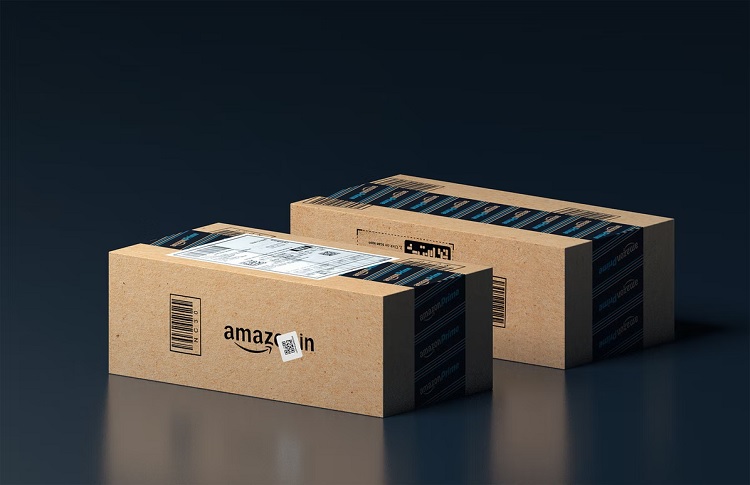During the peak of the pandemic, e-commerce platforms experienced demand growth that required solutions to a strained supply chain network. While companies like FedEx and UPS still handled most of the deliveries, a fresh crop of last-mile courier services sprang up to help.
This not only helped the logistics industry meet demand, but stimulated the gig economy. Ridesharing and food delivery were already popular gig jobs, but adding parcel courier services to the mix helped keep many Americans employed during the worst of times.
The dust has certainly settled from the chaos of the pandemic, but now last-mile courier services need to optimize their business model to stay ahead of the competition and sustain their business.
In this article, we’ll share some insights into how last-mile courier services can leverage their partners to optimize their delivery network.
Table of Contents
The Last Mile is the Most Difficult Part of the Delivery Process
In many ways, the last mile is the most challenging part of the delivery process. It’s when items need to be sorted into delivery routes, and delivered to the final destination in a timely manner.
Many small courier services can struggle with this, and it’s not uncommon to hear of couriers getting lost, running late, or dropping packages in the wrong place. In a metro area like Chicago, where the density of delivery routes is high, the challenge can be even more daunting.
To help combat the last mile, many companies choose a Chicago courier service partner to help them with deliveries. To give one concrete example, a small courier startup will likely try to rely on publicly available GPS software, like Google Maps – which has serious drawbacks for route planning.
A larger courier service, on the other hand, will likely use specialized route-planning software to maximize efficiency.
How Does Last Mile Optimization Work?
Last-mile delivery optimization is a complex process that involves optimizing routes based on the distances and conditions of individual delivery routes. This can include things like traffic patterns, population density, weather, and even street closures.
The good news is that many companies are now able to use data from their partners to identify and optimize routes in a more efficient manner. For example, a large courier service will likely have access to data from a large network of courier partners, which they can use to optimize their delivery network.
As a result, a courier service can create a “virtual” delivery route that has many potential points of destination and delivery points. This is a more efficient way to deliver packages, and helps reduce the time and effort required to deliver them.
Multi-stop route planning is a unique challenge for courier services, because each delivery route may be split into multiple stops. For example, a company may have a route that starts in the suburbs and ends in downtown Chicago. If the delivery route is split into multiple stops, the company will have to make sure that the stops are in close proximity to each other.
A multi-stop route planning process also requires the courier service to make sure that the delivery stops are located at the same distance from the destination as the route would have been if it had been a straight-line distance.
This is a challenge for many small courier services that may not have access to a large network of delivery partners, and may not have access to sophisticated route-planning software.
How Small Courier Services Can Optimize Last-Mile Delivery Planning
In the logistics industry, courier services need to work together, rather than as competitors. The best way for small courier services to optimize delivery routes is to work with partners to improve their delivery network.
We’ve seen what happens when the general public relies on only one or two major delivery companies – the entire system becomes congested, and delivery times are significantly longer than they should be.
This is why small courier services need to look for reliable partners that can help them deliver packages to the right places, at the right times.
Because courier services tend to have limited resources, they need to work with a partner that can provide them with the right tools and resources, which will make the process of optimizing their delivery routes much more efficient.
Before starting a partnership, small courier services should first find a partner that can provide them with the best of both worlds. A partner that can provide them with a large network of delivery partners, while also providing them with the right route-planning software.


